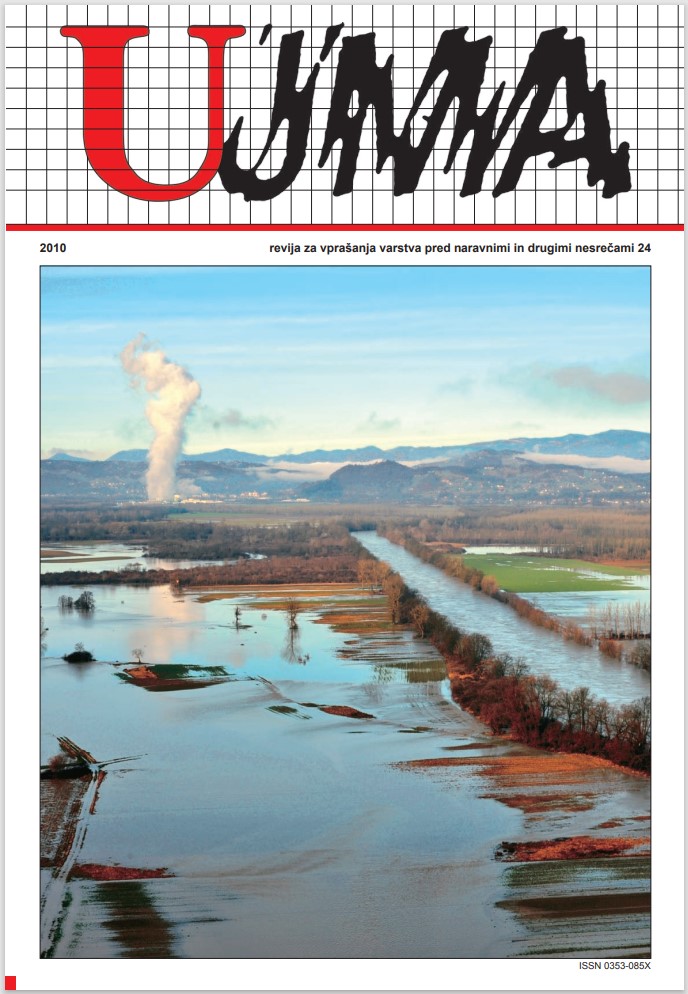APPLICATION FOR DAMAGE ASSESSMENT ON AGRICULTURAL PRODUCTS AND OBJECTS – AJDA
Abstract
The development of AJDA, originally designed only for damage assessment on agricultural products, started in the year 2006. The 2008 upgrade, however, introduced assessment of damage on objects as well. Municipalities can now process damage reports provided by the affected parties on: Form 1 for damage assessment on agricultural land, Form 2 for damage assessment on agricultural products, Form 3 for damage assessment on buildings destroyed, Form 4 for assessment of partial damage on buildings and Form 5 for damage assessment on civil engineering facilities. Damage calculations are based on approved evaluations. The main advantages of AJDA are: – It is user friendly – It significantly reduces mistakes in damage calculations – It allows various types of extracts at municipal, regional and national levels – There is no need for the re-entering of data at the Ministry of Agriculture, Forestry and Food and the Ministry of the Environment and Spatial Planning – It saves time and money because of the simplified procedure – It ensures the application of data at several institutions simultaneously – It ensures data verification – It allows traceability of the data entered – It facilitates any further upgrading and the simple archiving of data – It prevents unauthorized acquisition of national aid.
References
Poslovnik o delu regijskih komisij za ocenjevanje škode ob naravnih in drugih nesrečah 2008, URSZR, A. Jakšič.
Postopkovnik za ocenjevanje škode ob naravnih in drugih nesrečah 2008, URSZR, A. Jakšič.
Razpisna dokumentacija 1/2005 URSZR.
Razpisna dokumentacija 1/2007 URSZR.
Razpisna dokumentacija 1/2008 URSZR.
Uredba o metodologiji za ocenjevanje škode (Uradni list RS, št. 67/03, 79/04 in 81/06).
Zakon o odpravi posledic naravnih nesreč (Uradni list RS, št. 75/03, 90/07 in 102/07).
Zakon o varstvu pred naravnimi in drugimi nesrečami (Uradni list RS, št. 64/94 in 28/06).
Downloads
Published
Issue
Section
License

This work is licensed under a Creative Commons Attribution-NonCommercial-NoDerivatives 4.0 International License.
The articles are made available to the public under Creative Commons Attribution-NonCommercial-NoDerivatives 4.0 International (CC BY-NC-ND 4.0).


